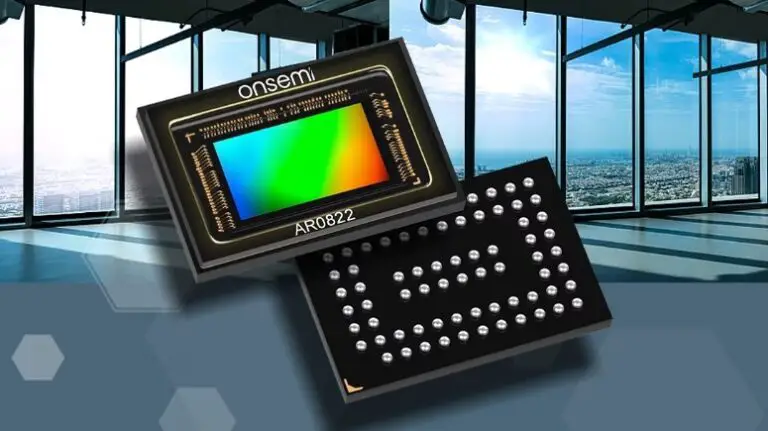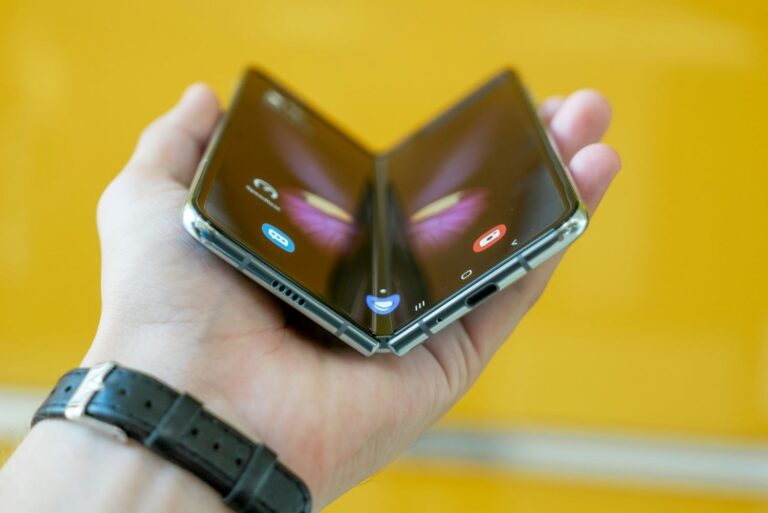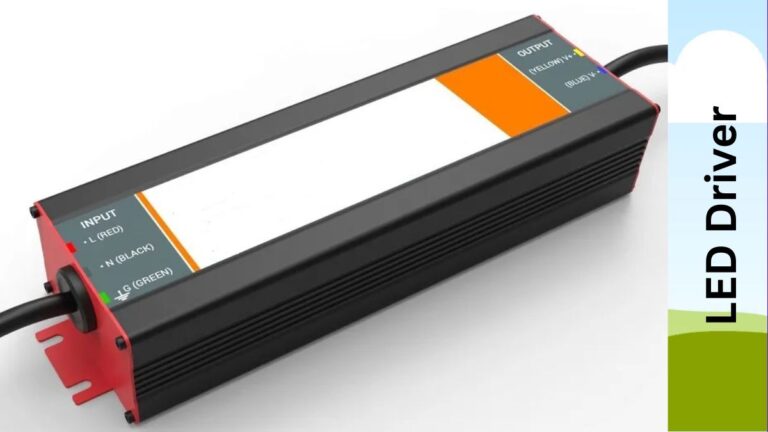With the ever-increasing pace of technological advancements, wearable technology has become an integral part of our lives. From smartwatches that adorn our wrists to fitness trackers that monitor our health, wearable devices have revolutionized the way we interact with technology. In this article, we will explore the latest trends in wearable technology and delve into the exciting developments that are shaping the future.
Definition of Wearable Technology
Wearable technology refers to electronic devices that can be worn on the body, typically in the form of accessories or clothing. These devices are designed to provide various functionalities, including communication, health tracking, data analysis, and entertainment. Wearable technology has gained popularity due to its convenience, portability, and ability to seamlessly integrate into our daily lives.
Evolution of Wearable Technology
Wearable technology has come a long way since its inception. Initially, it was limited to basic devices like pedometers and heart rate monitors. However, technological advancements have led to the development of sophisticated devices with enhanced capabilities. The evolution of wearable technology has been driven by factors such as miniaturization of components, improved battery life, and advancements in sensor technology.
Smartwatches
Smartwatches have emerged as one of the most popular wearable devices in recent years. These wrist-worn devices offer a wide range of features beyond just telling time. With built-in sensors and connectivity options, smartwatches can track fitness metrics, receive notifications, make calls, and even run applications. They have become an extension of our smartphones, providing quick access to information and enhancing our productivity.
Fitness Trackers
Fitness trackers, also known as activity trackers, are dedicated devices designed to monitor and track fitness-related metrics. They can measure parameters such as steps taken, distance covered, calories burned, and even sleep patterns. Fitness trackers have become immensely popular as they enable users to set fitness goals, track progress, and make informed decisions about their health and well-being.
Health Monitoring
Wearable technology has revolutionized the way we monitor our health. Advanced sensors embedded in wearable devices can collect data on heart rate, blood pressure, oxygen levels, and more. This real-time health monitoring allows individuals to keep track of their vital signs, detect anomalies, and take necessary actions. Wearable health technology has the potential to improve healthcare outcomes and empower individuals to take charge of their well-being.
Smart Clothing
Smart clothing combines fashion with technology to create innovative wearable solutions. These garments incorporate sensors, conductive fibers, and other electronics to provide functionalities such as temperature regulation, posture correction, and biometric monitoring. Smart clothing is poised to revolutionize industries like sports, healthcare, and fashion, offering a seamless blend of style and functionality.
Virtual Reality Headsets
Virtual reality (VR) headsets transport users into immersive digital environments. These wearable devices create a simulated reality by tracking head movements and rendering three-dimensional visuals. VR headsets have gained traction in gaming, entertainment, and training industries, offering users an unparalleled level of engagement and interaction.
Augmented Reality Glasses
Augmented reality (AR) glasses overlay digital information onto the real world, enhancing our perception and interaction with the environment. AR glasses have the potential to revolutionize various sectors, including education, manufacturing, and healthcare. They can provide real-time information, navigation guidance, and interactive experiences, transforming the way we learn, work, and collaborate.
Biometric Authentication
Wearable technology has also made advancements in the field of biometric authentication. Devices such as smartwatches and fitness trackers can utilize biometric data, such as fingerprints or heart rate patterns, to provide secure access to devices, applications, or even unlock doors. Biometric authentication adds an extra layer of security and convenience, ensuring that only authorized individuals can access sensitive information.
Artificial Intelligence
Artificial intelligence (AI) plays a crucial role in enhancing the capabilities of wearable technology. AI algorithms can analyze data collected by wearable devices, providing personalized insights and recommendations. For example, AI-powered smartwatches can analyze sleep patterns and suggest improvements for better rest. The integration of AI with wearable technology enables devices to learn from user behavior and adapt to individual needs.
Internet of Things
Wearable technology is a key component of the Internet of Things (IoT) ecosystem. By connecting wearable devices to the internet, we can unlock a plethora of possibilities. Wearable devices can seamlessly communicate with other IoT-enabled devices, sharing data and enabling automation. For instance, a fitness tracker can sync with a smart home system to adjust the temperature based on the user’s activity level.
Challenges and Concerns
While wearable technology has numerous benefits, it also poses challenges and concerns. Privacy and data security are major concerns as wearable devices collect sensitive personal information. Ensuring data protection and implementing robust security measures is crucial. Additionally, issues related to battery life, device accuracy, and user experience need to be addressed for wider adoption and acceptance.
Future of Wearable Technology
The future of wearable technology holds immense potential. We can expect further miniaturization of devices, improved battery technologies, and more advanced sensors. The integration of wearable devices with AI and IoT will continue to enhance their capabilities, providing personalized experiences and insights. Wearable technology will become more seamless, unobtrusive, and seamlessly integrated into our lives.
Conclusion
Wearable technology has witnessed remarkable advancements, transforming the way we interact with technology and monitor our health. From smartwatches to fitness trackers, augmented reality glasses to smart clothing, these devices have become indispensable in our daily lives. The latest trends in wearable technology indicate a future where personalized, connected, and intelligent devices will empower us to lead healthier, more efficient lives. Embracing these innovations opens up a world of possibilities for individuals, industries, and society as a whole.
FAQs
What is the difference between a smartwatch and a fitness tracker?
A smartwatch is a wearable device that offers features beyond timekeeping, such as receiving notifications, making calls, and running applications. It often includes fitness tracking capabilities as well. On the other hand, a fitness tracker is specifically designed to monitor fitness-related metrics like steps taken, distance covered, and calories burned. While both devices can track fitness data, smartwatches provide a wider range of functionalities beyond fitness tracking.
Can wearable devices track multiple health parameters simultaneously?
Yes, many wearable devices are equipped with advanced sensors that can track multiple health parameters simultaneously. For example, some smartwatches can monitor heart rate, sleep patterns, oxygen levels, and even stress levels all at once. These devices provide a comprehensive overview of your health and allow you to track and analyze various aspects of your well-being.
Are there any privacy concerns associated with wearable technology?
Yes, privacy concerns are an important consideration when it comes to wearable technology. Since these devices collect personal data, such as biometric information and activity patterns, there is a need to ensure the security and protection of that data. Wearable device manufacturers should implement robust encryption, secure data storage, and transparent privacy policies to safeguard user information and address privacy concerns.
How long do the batteries of wearable devices typically last?
The battery life of wearable devices varies depending on factors such as device type, usage patterns, and features. Generally, smartwatches and fitness trackers have battery lives ranging from a few days to a couple of weeks. However, more advanced devices with larger screens and intensive features may have shorter battery lives. It is important to consider battery life as a factor when choosing a wearable device, and charging habits may need to be adjusted accordingly.
Will wearable technology replace traditional healthcare monitoring devices?
Wearable technology has the potential to complement and enhance traditional healthcare monitoring devices. While wearable devices can provide valuable real-time health data and insights, they may not completely replace specialized medical monitoring devices in certain situations. However, the advancements in wearable technology and the integration of AI and IoT are paving the way for more sophisticated health monitoring capabilities, which could potentially lead to a greater role for wearables in healthcare settings.







